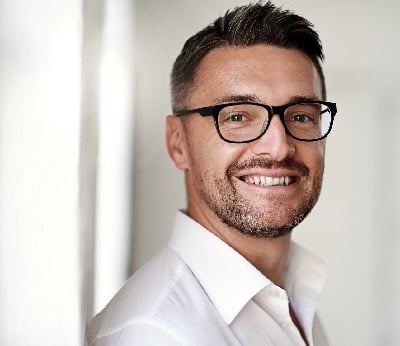Interview with Andrea Grün, Senior Principal Engineer for electrical systems and automation at DNV GL
What would happen if there were a chance to deeply access the engine room level – even from afar? Completely new challenges for approvals and certification of components and systems have arisen for international classifying agencies because of this scenario. Agencies, like the Norwegian-German DNV GL, must factor cybersecurity for operational safety on board ships into their certifications. As Andrea Grün, Senior Principal Engineer for Electrical Systems and Automation DNV GL in Hamburg explains, remote access is the primary cause for concern.

